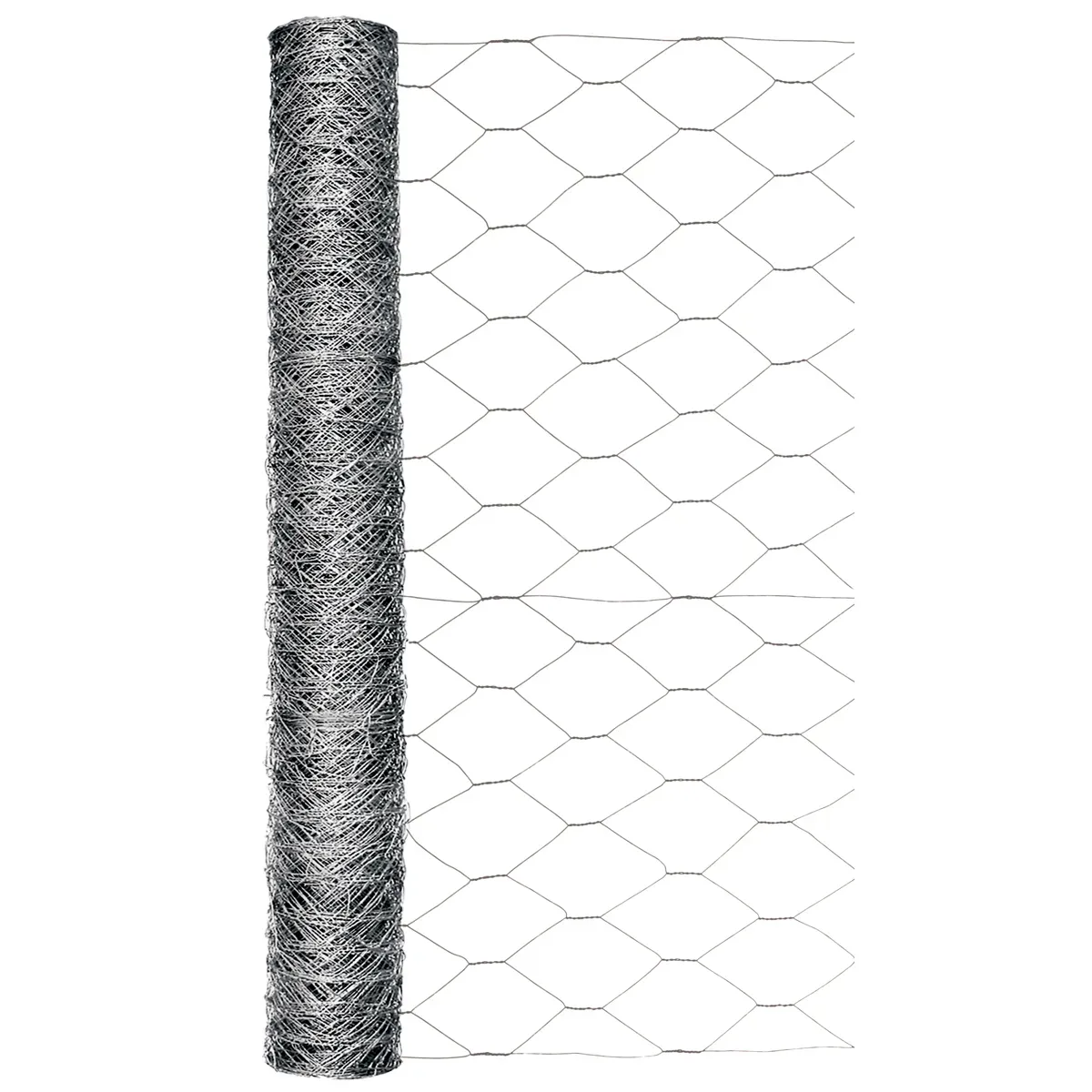Understand Hexagonal Wire Mesh
Feb . 25, 2025 17:44
Hexagonal wire mesh is a mesh product woven from high-quality iron wire or galvanized wire, with regular hexagonal mesh structure, characterized by durability and high tensile strength. It is widely used in the fields of construction, agriculture, horticulture, and industry, such as slope protection, poultry breeding fences, landscaping isolation, and building wall reinforcement.

Hexagonal Wire Mesh Material
In the surface treatment process of hexagonal wire mesh, the method of weaving first and then plating is adopted, and the plating types are rich and diverse, including hot-dip galvanizing, zinc aluminum alloy, electroplating galvanizing, etc. The hexagonal wire netting treated with hot-dip galvanizing forms a dense layer of zinc on its surface, which has excellent corrosion resistance. Even in harsh outdoor environments, it can withstand wind, rain, sun, and rain to maintain good performance for a long time, effectively extending its service life.
The zinc aluminum alloy coating combines the corrosion resistance of zinc with the oxidation resistance of aluminum, providing superior protection for hexagonal wire mesh, especially suitable for special environments with extremely high protection requirements. The galvanizing process can evenly cover the surface of the wire mesh with a zinc layer, which not only improves the aesthetics of the hex netting, but also enhances its rust prevention performance to a certain extent.
Manufacturing Process of Hexagonal Wire Mesh
Hexagonal wire mesh is highly refined in weaving techniques, mainly using various advanced weaving methods such as forward twisting, reverse twisting, double twisting, and weaving before adding yarn. The positive twisting process can make the mesh tightly interwoven and the structure stable; Reverse twisting endows hex wire netting with unique flexibility, making it suitable for scenarios that require curved shapes; The double twisting process further strengthens the bonding force between the mesh fibers, greatly improving the overall strength; The method of weaving first and then adding yarn not only ensures the integrity of the mesh structure, but also adds additional protective performance to meet diverse usage needs.
Hexagonal Wire Mesh Specifications
Wire diameter: The common wire diameter range is generally between 0.3mm and 7mm. Different application scenarios and requirements will choose different wire diameters, such as thicker wire diameters for situations that require higher strength and protective performance.
Aperture: The aperture is usually between 5cm × 5cm and 15cm × 15cm. A smaller aperture can provide better protection and prevent small animals or objects from passing through.
Net length and width: The length is generally 1m6m and the width is around 0.5m2.5m. Special specifications can also be customized according to customer requirements.




















